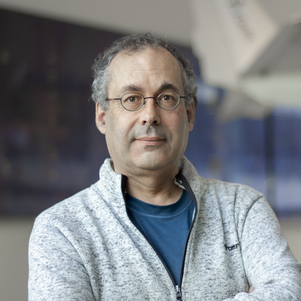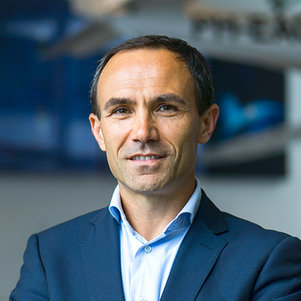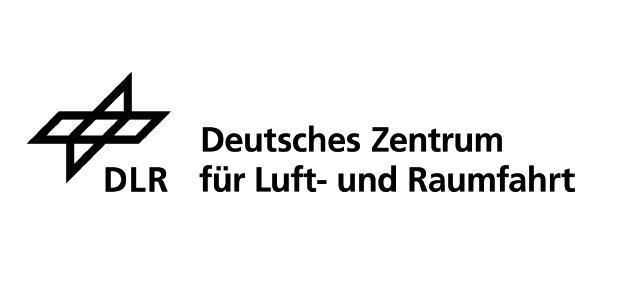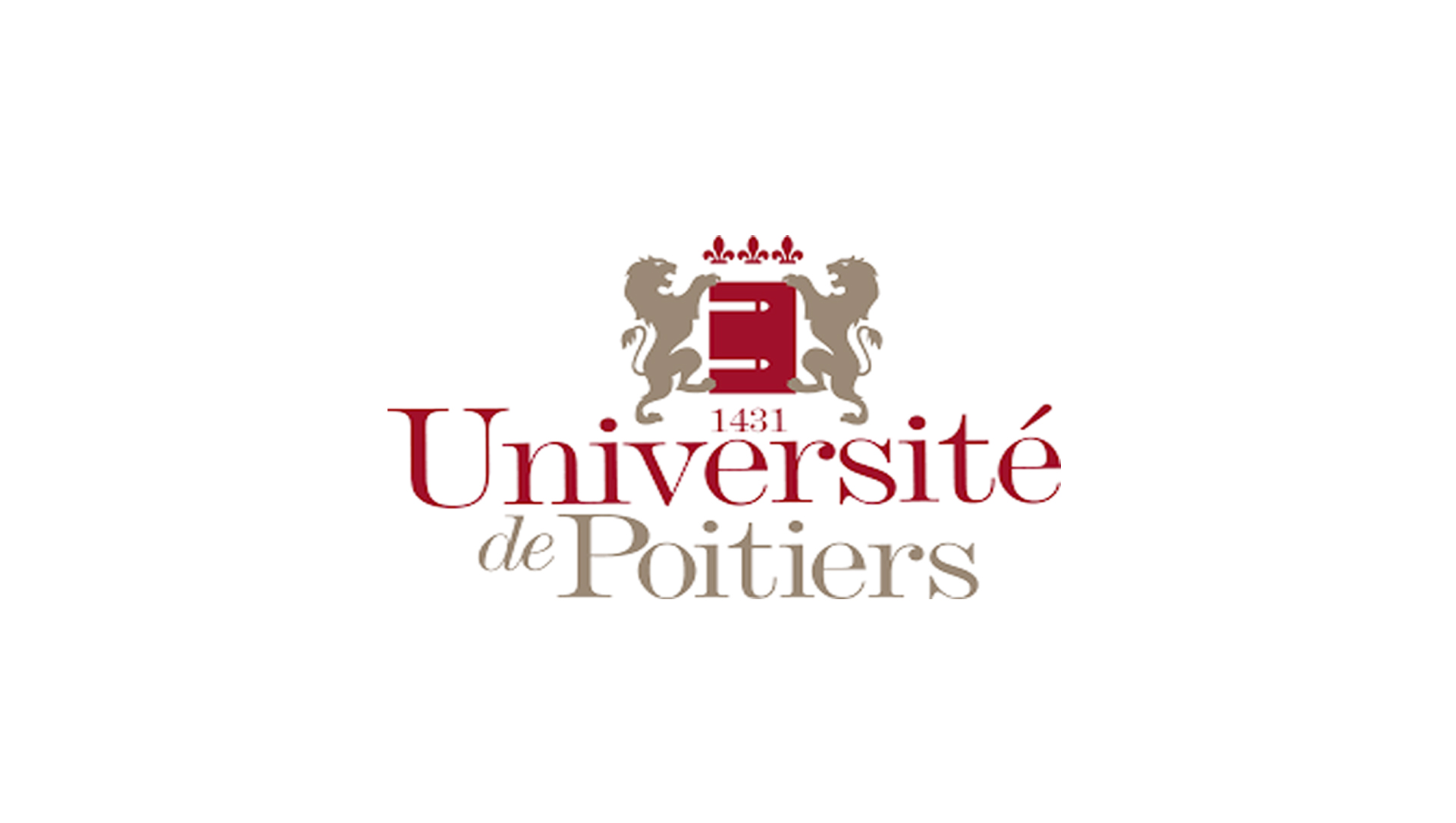HOMER
Funding
EU FP7 H2020
Duration
September 2018 – August 2021
Research Team
Dr.ir. Bas van Oudheusden
Prof.dr. Fulvio Scarano
Dr. Andrea Sciacchitano
Dr.ir. Ferry Schrijer
Dr. Daniele Ragni
Dr. Jurij Sodja
Dr.ir. Roeland De Breuker
Junior researchers (PhD students) employed in the context of the project are:
Ir. Gabriel Gonzalez Saiz
Ir. Christoph Mertens
Alessandro D’Aguanno
Research summary
“HOMER” (Holistic Optical Metrology for Aero-Elastic Research) is an international research project, that is supported by European funding in the framework of Horizon 2020. The objective of the project is the development, assessment and application of non-intrusive optical measurement techniques for the complete and simultaneous characterization of aero-elastic problems. The project has started on 1 September 2018 and has a duration of three years. HOMER is coordinated by DLR (Germany) and can be considered, both in content and consortium composition, as a follow-up to the successful EU FP7 projects “AFDAR” (2010-2014), “NIOPLEX” (2013-2016), that were coordinated by, respectively, Prof. dr. Fulvio Scarano and Dr.ir. Bas van Oudheusden, both from TU Delft-Aerospace.

Bas van Oudheusden

Fulvio Scarano
Aero-elasticity is a highly relevant field in the domain of aeronautics, and is governed by the complex interaction between elastic, inertial and aerodynamic phenomena (the so-called “Collar triangle”). Experimental research in this area is supported by advanced measurement techniques, required to characterize the aerodynamic, material and kinematic aspects of the interaction between fluid and structure. Optical measurement methods, such as Particle Image Velocimetry (PIV) for flows and Digital Image Correlation (DIC) for surface deformations, are attractive diagnostic tools because of their non-intrusive nature. The capabilities of these methods have expanded by recent developments, such as the determination of pressure from (PIV) velocimetry data, as well as improved Lagrangian particle-tracking procedures and the introduction of helium-filled soap bubbles as bright tracer particles. These developments have enabled the increase of the achievable measurement volume such that volumetric flow measurements are now becoming possible at scales of industrial relevance. The objective of the HOMER projects is to further develop these techniques with a specific interest for the field of aero-elasticity, notably the combined and simultaneous application of fluid-dynamic and structural diagnostics. Topics to be addressed are, amongst others: uncertainty quantification for experimental approaches, data assimilation for combined fluid-structure estimations, fluid-structure kinematics determination, and aero-elasticity for both low-speed and high-speed applications.
More detailed information can be found on the website of the coordinator: www.dlr.de/as/desktopdefault.aspx/tabid-183/251_read-52406/
Project partners
The HOMER international consortium consists of 7 partners, comprising two research institutes: DLR (Germany) and ONERA (France); four universities: TU Delft (Netherlands), University BW Munich (Germany), University of Poitiers (France) and the University of Southampton (UK); and one SME: LaVision GmbH (Germany).






